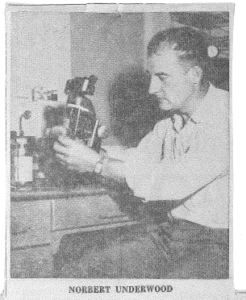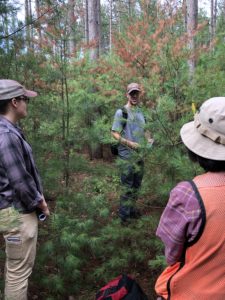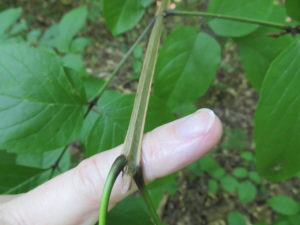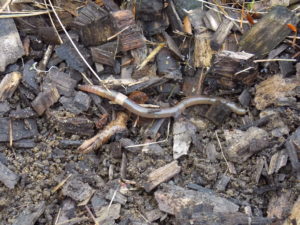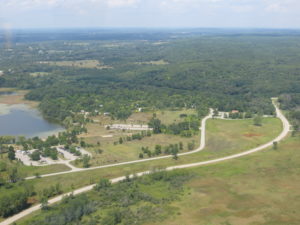By Paul Cigan, plant pest and disease specialist, Paul.Cigan@wisconsin.gov, 715-416-4920
One of the most amazing aspects of living in Wisconsin, with its four seasons of ever-changing natural beauty, is the re-awakening of plant life every spring. Whether you’re a gardener, sportsperson or casual observer on a walk, it’s hard to overlook the floral sea of white trilliums, the bee-frenzied blooms of a crabapple, or even the mere greening up of turf grass. These spring advances usher in a sense of re-awakening of a sleepy plant world and assure us that summer will once again come.
While recently out on a spring hike in northern Wisconsin, my eyes were drawn to the bright green glow of emerging understory plants. Making my way closer, my initial excitement was offset by the disappointment of seeing what I quickly realized was in fact garlic mustard—an increasingly common and problematic exotic, invasive understory plant. Although garlic mustard is perhaps the “poster” plant for invasive plant awareness, the unfortunate reality is that it is just one of hundreds of invasive species that continue to spread into our forests.
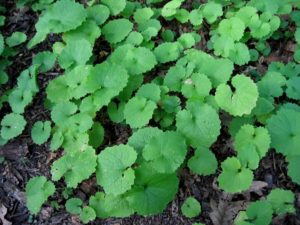
The spring green-up of garlic mustard may look pretty but this invasive species is not good news for Wisconsin forests or the people who manage them. Credit: Duluth CISMA.
Continue reading ““Spring” into action with invasives in focus” →


